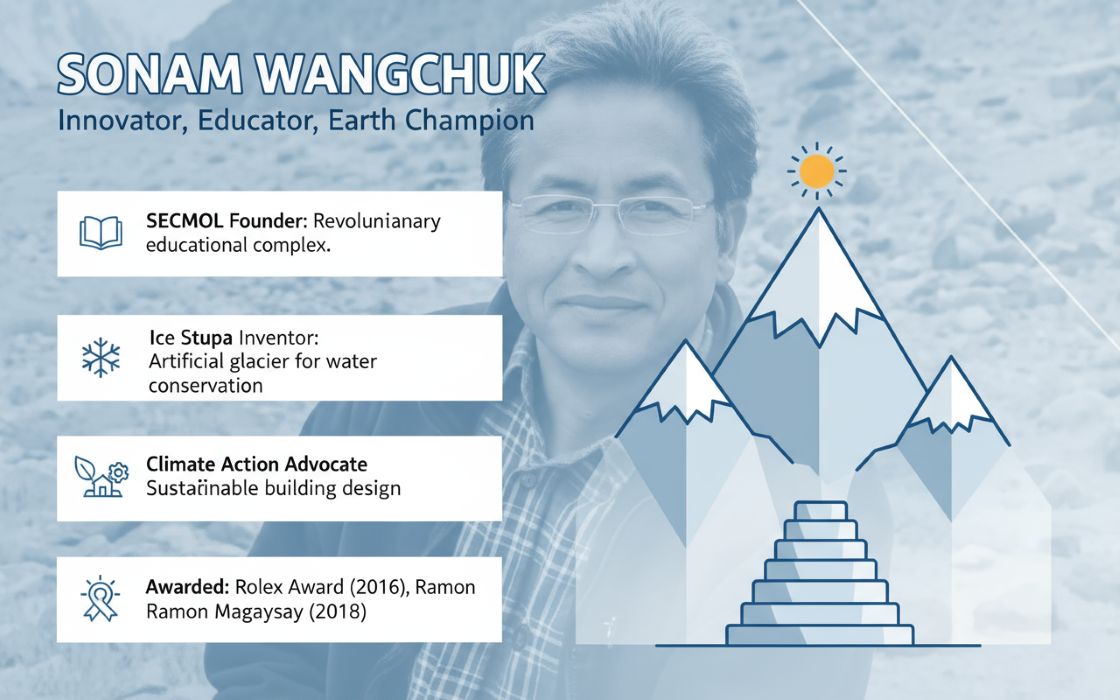Sustainable packaging is no longer just a buzzword but a critical element in the global push for environmental responsibility. It refers to packaging solutions designed to minimize their environmental footprint, while ensuring they meet the functional requirements of the product. As consumer awareness grows, governments worldwide introduce regulations to support eco-friendly initiatives, and businesses innovate to embrace sustainability in packaging. But this transition is not without its challenges. India had already banned manufacture, import, stocking, distribution, sale and use of identified single use plastic items, which have low utility and high littering potential, all across the country from July 1, 2022.
In recent years, the global focus on sustainability has transcended industries, with packaging emerging as a critical area for innovation and change. Packaging, once a functional necessity, is now a significant contributor to environmental degradation due to the widespread use of non-biodegradable materials like plastics. As consumers, governments, and corporations recognize the urgency of addressing environmental challenges, sustainable packaging has become a key strategy in mitigating the impact of packaging waste on our planet.
The Global Push for Sustainable Packaging
As eco-consciousness grows, both businesses and governments are taking proactive steps to promote sustainable packaging. The global agenda is gaining momentum, with many countries incentivizing the use of sustainable materials. For example, nations like Ireland, Italy, and Japan offer tax exemptions for companies using compostable packaging. On the other hand, the UK is making strides with its Extended Producer Responsibility (EPR) schemes, which hold manufacturers accountable for the entire lifecycle of their packaging.
The urgency of these measures is underscored by an alarming increase in plastic pollution and growing pressure on industries to transition to more sustainable alternatives. These moves are part of a global effort to push towards zero-waste packaging, healthier for both the planet and consumers.
Top Trends Reshaping the Packaging Industry
Several trends are defining the shift toward sustainable packaging. These innovations are not only reshaping how packaging is made but also how it is used and disposed of.
Seaweed-Based Packaging: Seaweed is rapidly emerging as a promising alternative to plastic. It is biodegradable, ocean-friendly, and offers a completely renewable resource for packaging. Companies are now exploring seaweed’s potential for creating edible packaging and single-use wraps, which offer a sustainable alternative to plastics in food packaging.
Upcycled Waste Materials: Upcycling waste materials to create new packaging is gaining popularity. Materials like food waste, plastic waste, and even agricultural by-products are being transformed into packaging solutions. Not only does this reduce landfill waste, but it also decreases the need for virgin resources, making it an eco-friendly alternative.
Reusable Systems: Packaging that can be used multiple times is gaining traction. Reusable packaging systems offer long-term benefits by reducing the volume of single-use packaging waste. Brands are beginning to embrace these models, with some offering refillable containers or reusable packaging in various industries, including beauty, beverages, and food.
Mono-Material Packaging: Mono-material packaging, which uses a single material for both the primary packaging and its components, simplifies the recycling process. This trend is particularly important in reducing contamination during recycling and streamlining the recycling process.
Compostable Plastic Alternatives: The search for biodegradable alternatives to traditional plastic continues to grow. Materials like plant-based plastics, which break down faster than conventional plastic, are gaining popularity. These alternatives are helping reduce the long-lasting impact of plastic waste on the environment.
Digital Printing Innovations: Digital printing is changing the packaging industry by offering customized, smaller-scale runs with less material waste. It’s a more sustainable option compared to traditional printing methods, which often involve larger setups and excess material use.
Smart Packaging Solutions: Smart packaging integrates technology into packaging materials, such as QR codes or sensors that monitor product quality. These innovations help optimize inventory management, reduce waste, and improve recycling processes.
Plantable Packaging: A creative development in sustainable packaging is plantable packaging, where packaging materials are embedded with seeds. After use, the packaging can be planted to grow herbs, flowers, or even trees, turning waste into something beneficial for the environment.
Concentrates and Refills: Packaging solutions that focus on concentrates or refills are reshaping industries like cleaning, personal care, and beverages. These solutions use less packaging material, which leads to a reduction in waste and carbon emissions.
Packaging On-Demand: Customization and on-demand production are emerging trends, allowing companies to create packaging only when needed. This reduces waste generated from excess packaging and lowers the environmental impact of manufacturing.
Major Challenges in Adopting Sustainable Packaging
While the benefits of sustainable packaging are clear, the path to full adoption is filled with challenges.
Meeting Consumer Expectations & Standards: Consumers increasingly demand eco-friendly packaging, but they also expect the same level of convenience, durability, and quality. This creates a significant challenge for businesses trying to switch to sustainable materials without compromising product integrity. This highlights the complexity of balancing sustainability with consumer experience.
Optimizing Material Performance to Protect Goods: One of the primary challenges in sustainable packaging is ensuring that eco-friendly materials still provide the protection needed for goods, particularly food and beverages. Packaging must maintain its protective function without increasing food waste or product damage. If the packaging fails in this regard, it could inadvertently contribute to higher carbon emissions, counteracting the benefits of using sustainable materials.
High Costs of Sustainable Packaging: Sustainable packaging remains more expensive than traditional alternatives due to higher material sourcing costs, underdeveloped supply chains, and lower economies of scale. Although more than half of consumers are willing to pay more for sustainable products, brands—particularly in the FMCG sector—often operate on tight margins and may find price hikes challenging.
Infrastructure Development for Recycling and Waste Management: Another major hurdle to the adoption of sustainable packaging is the lack of proper infrastructure for waste collection and recycling. Even if businesses innovate with eco-friendly packaging, without a robust recycling and waste management system in place, the benefits of these materials are not fully realized. Effective infrastructure is critical to ensure a circular economy, where materials are reused and recycled efficiently.
Way Forward
Sustainable packaging is an essential part of the global move toward a more environmentally responsible future. With innovations like seaweed-based packaging, upcycled materials, and reusable systems, the industry is making significant strides. However, challenges such as high costs, consumer expectations, and the need for infrastructure development still need to be addressed. To achieve true sustainability, collaboration between businesses, governments, and consumers will be essential in creating a more sustainable packaging landscape that benefits both the planet and future generations.

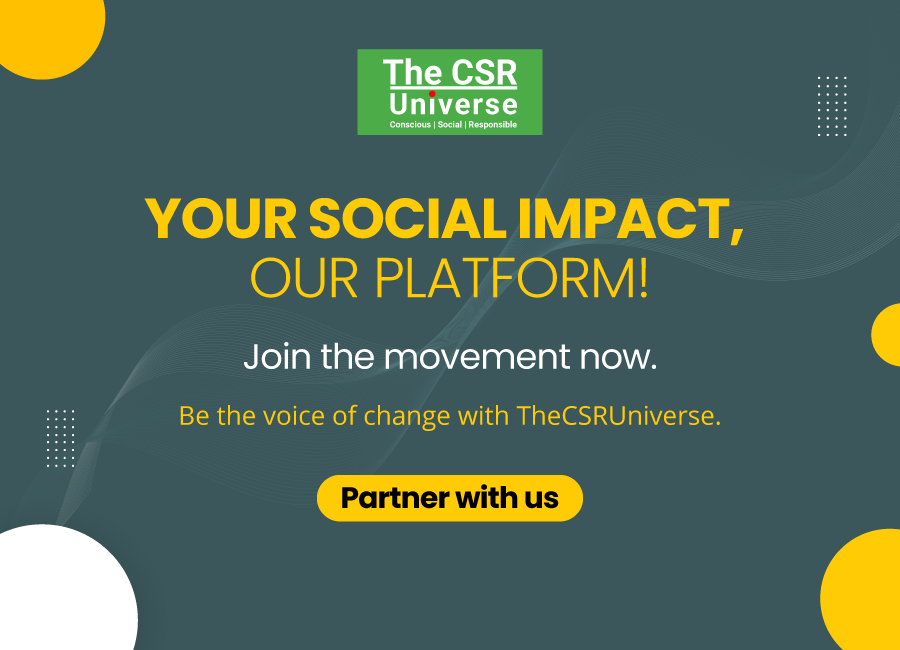


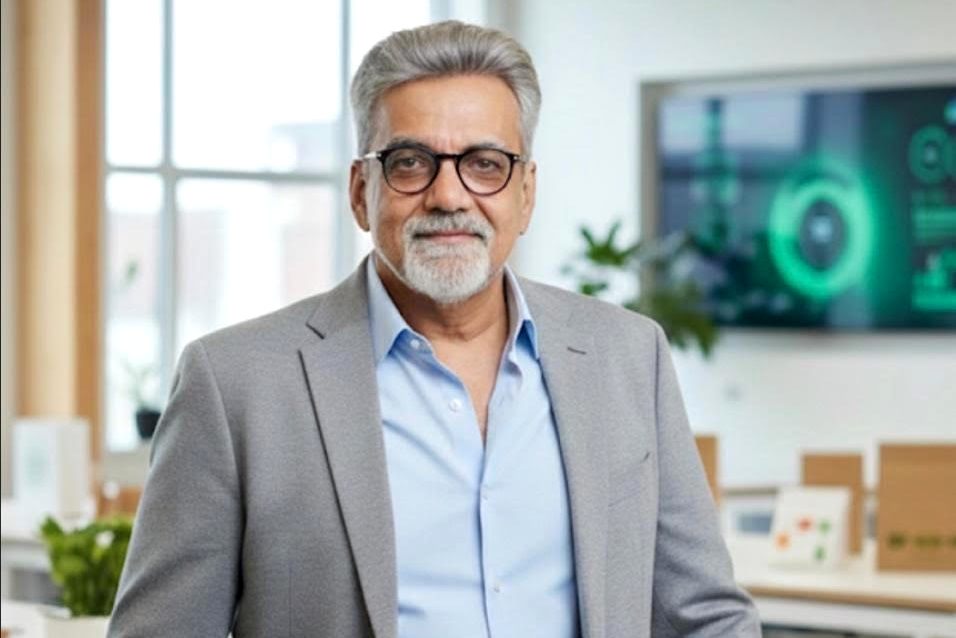

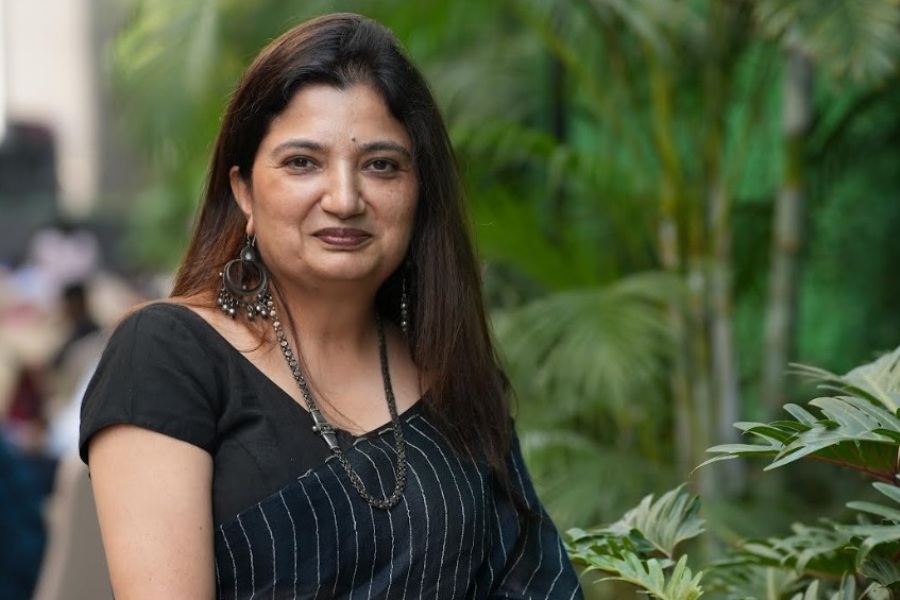
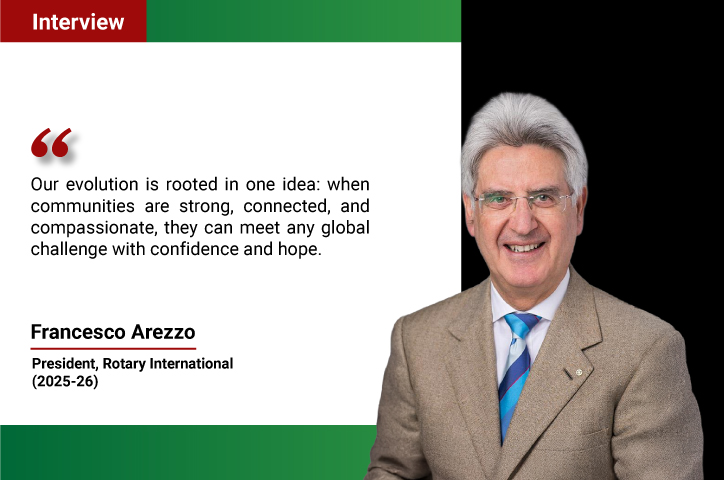
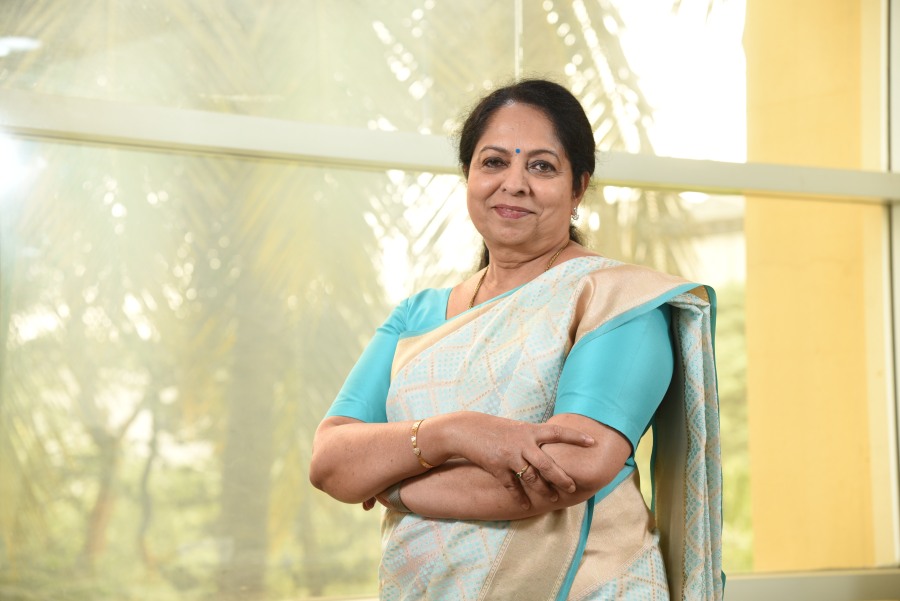
.jpg)

